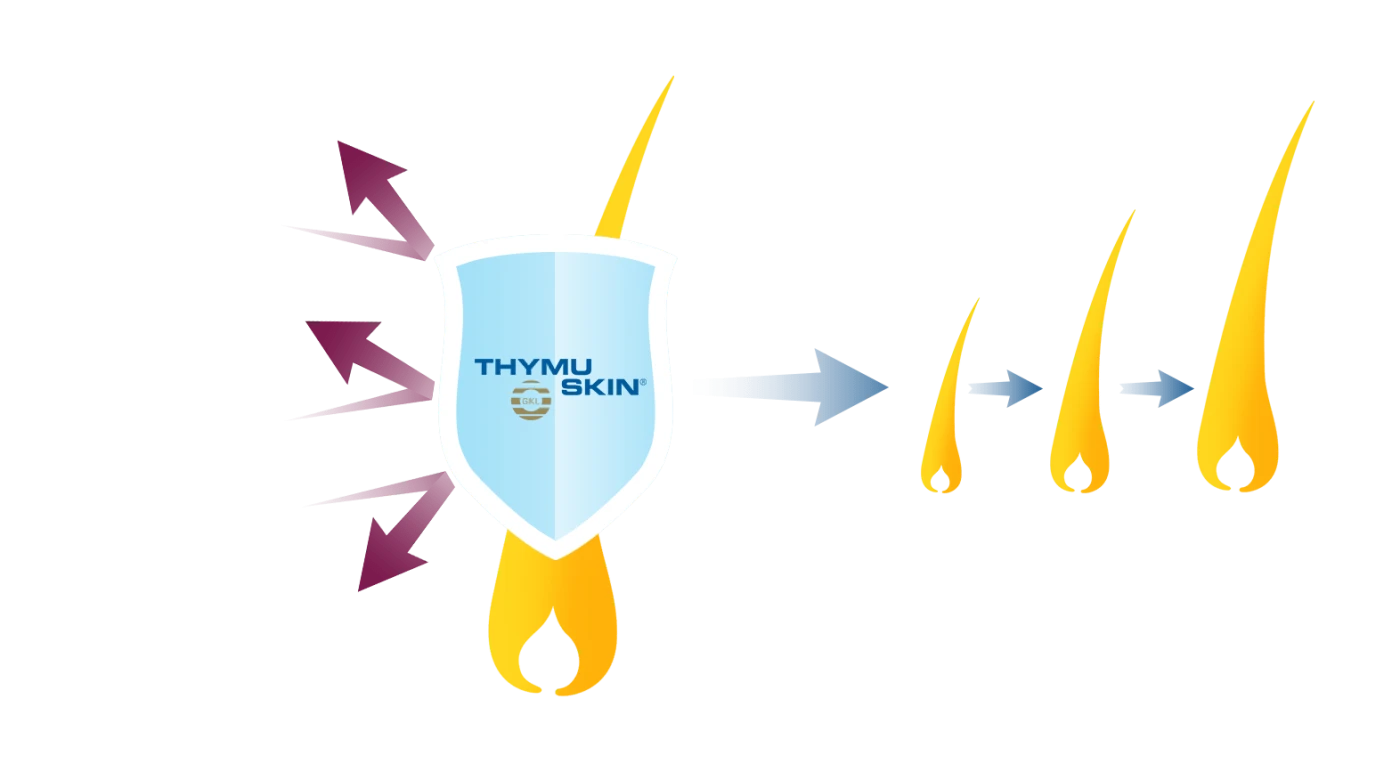
Almost every second man is now affected by the fact that he loses his head of hair at the latest at the beginning of the second half of his life. Behind these bare figures there is nowadays increasingly a bare head: a large proportion of men are now showing the courage to go bald. However, there is often a long road of uncertainty and reservations before finally reaching for the razor or clippers.
One of these is the fear of losing one's masculine appearance by losing one's hair.
Yes and no. As testosterone is primarily responsible for the masculine appearance and sexual development of men, we tend to directly attribute everything to do with male body hair to the hormone and are then surprised when the fringes of a full chest of hair peek out from the top of the shirt collar, while the top of the head is rather lazy. Yes, almost 95% of hair loss in men is hormone-related, but testosterone is only indirectly to blame.
A brief excursion into biology: testosterone is found in both men and women(!), although it naturally differs significantly between the sexes in terms of concentration and mode of action. The breakdown of this hormone produces the androgen DHT, a male sex hormone that is responsible for many processes in the body.
In addition to its positive benefits, however, this hormone poses an immense danger to male hair: In a large proportion of men, the hair follicles, those fine channels in the scalp in which the hair roots are anchored, react hypersensitively to this very DHT.
The result of this hypersensitivity is a degeneration of the hair follicles. The growth phase of the hair is shortened further and further, so that it reaches less and less of its full strength and length. Eventually, what sprouts from the hair follicle is so fine and short that it is barely visible, until in the end no hair is produced at all: The result is typical androgenetic alopecia, male hormone-induced hair loss.
One solution to the problem at this stage can be the use of a so-called "DHT blocker". As the name suggests, this substance intervenes directly in the degradation process of testosterone and thus counteracts the formation of DHT, and therefore an overreaction, as it were. DHT blockers are available on a chemical and natural basis and in various dosage forms, from shampoo or scalp serum to nutritional supplements and prescription medication.
Whether men with or without a bald head appear more attractive or generally more masculine is probably impossible to answer and is largely in the eye of the beholder. However, one thing applies equally to hair and baldness: It should be well-groomed!
Alopecia androgenetica
The technical term alopecia androgenetica refers to hereditary hair loss.
Possible causes and treatment options for beard hair loss for affected men.